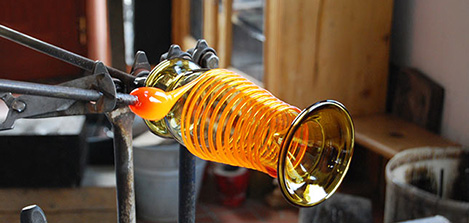Meat Cuts In the historic period, animals (specifically cows, pigs, and sheep) were butchered in relatively standard and prescribed ways, producing comparatively uniform cuts of meat. Zooarchaeologists are the specialists who study animal remains recovered from archaeological excavations. They use information gathered from historical records and butchers’ diagrams to calculate the minimum number of meat

